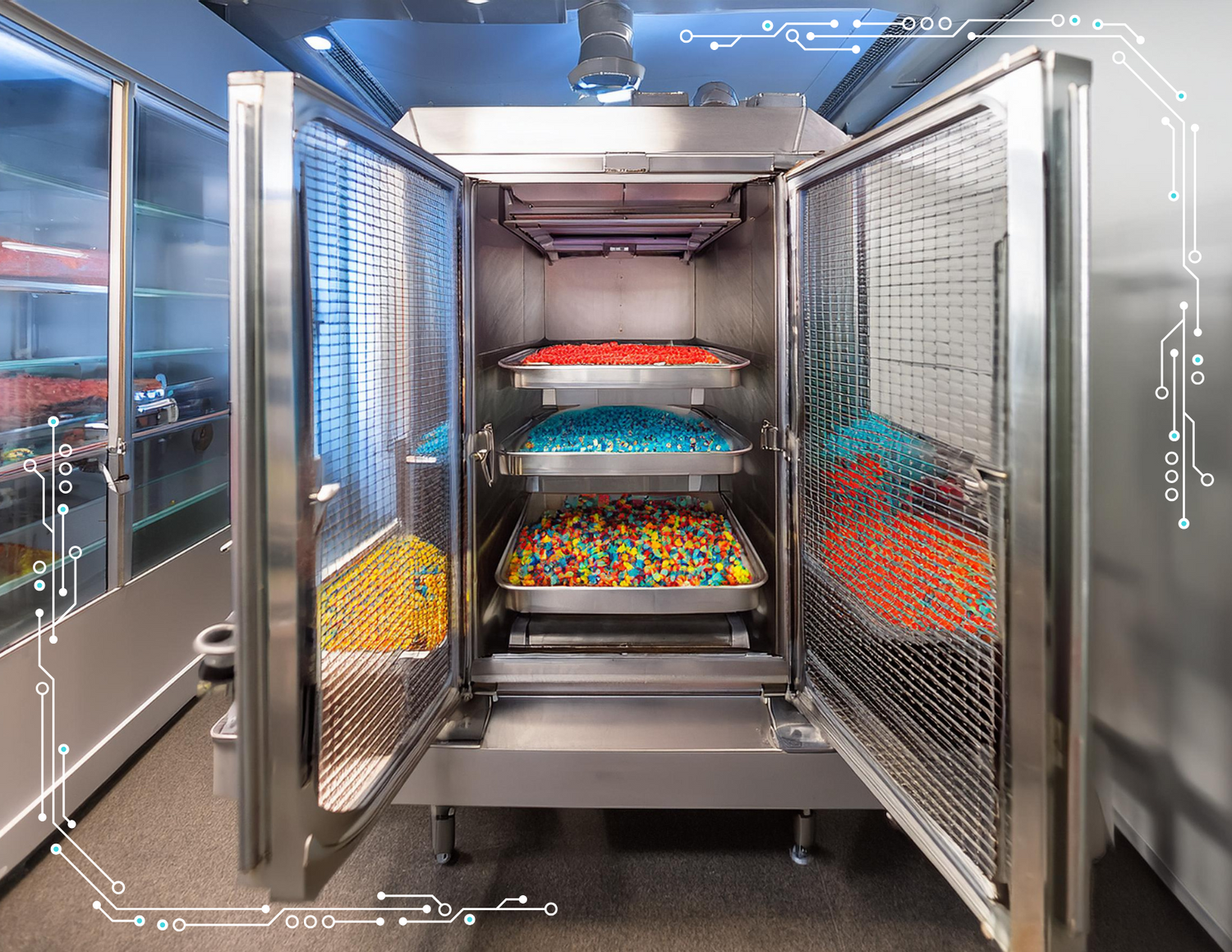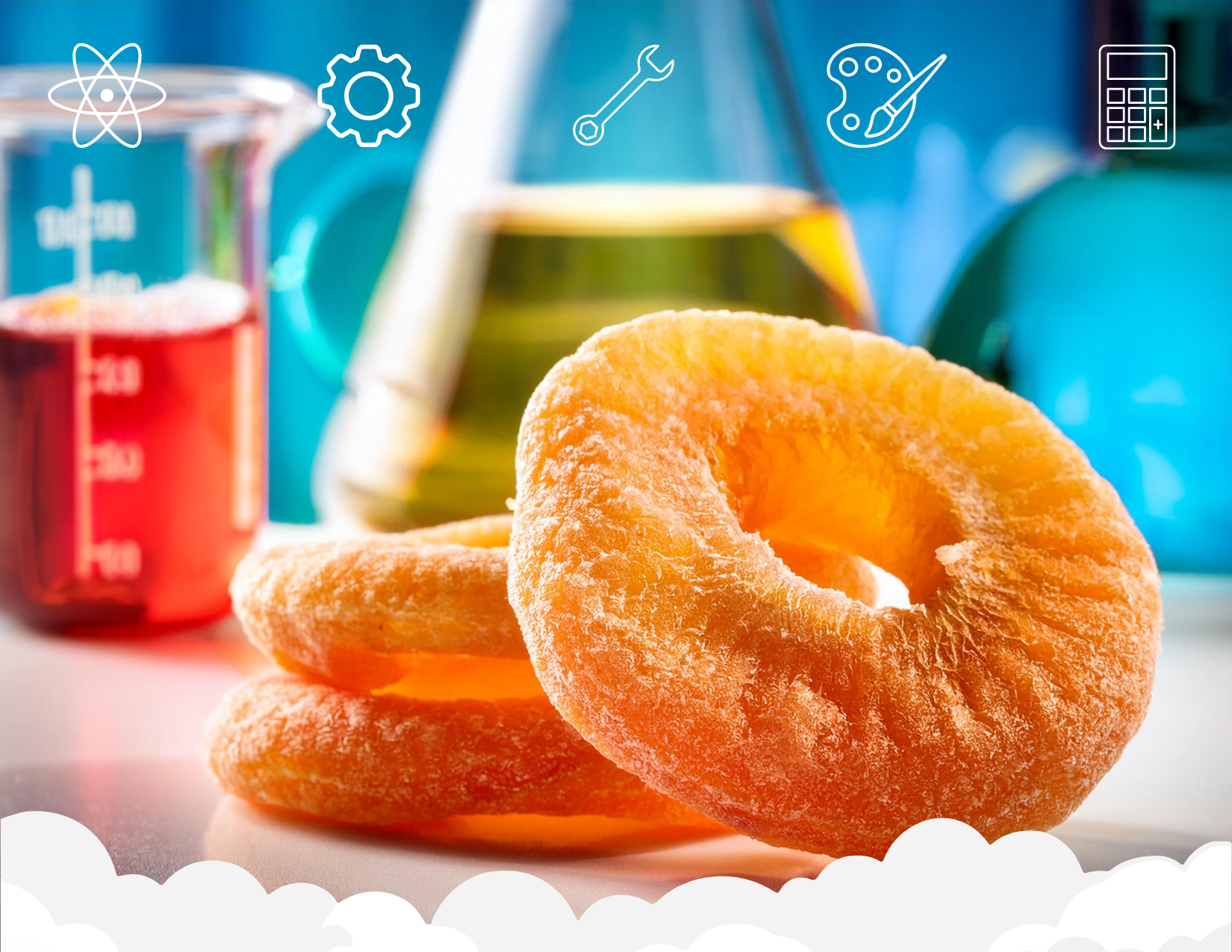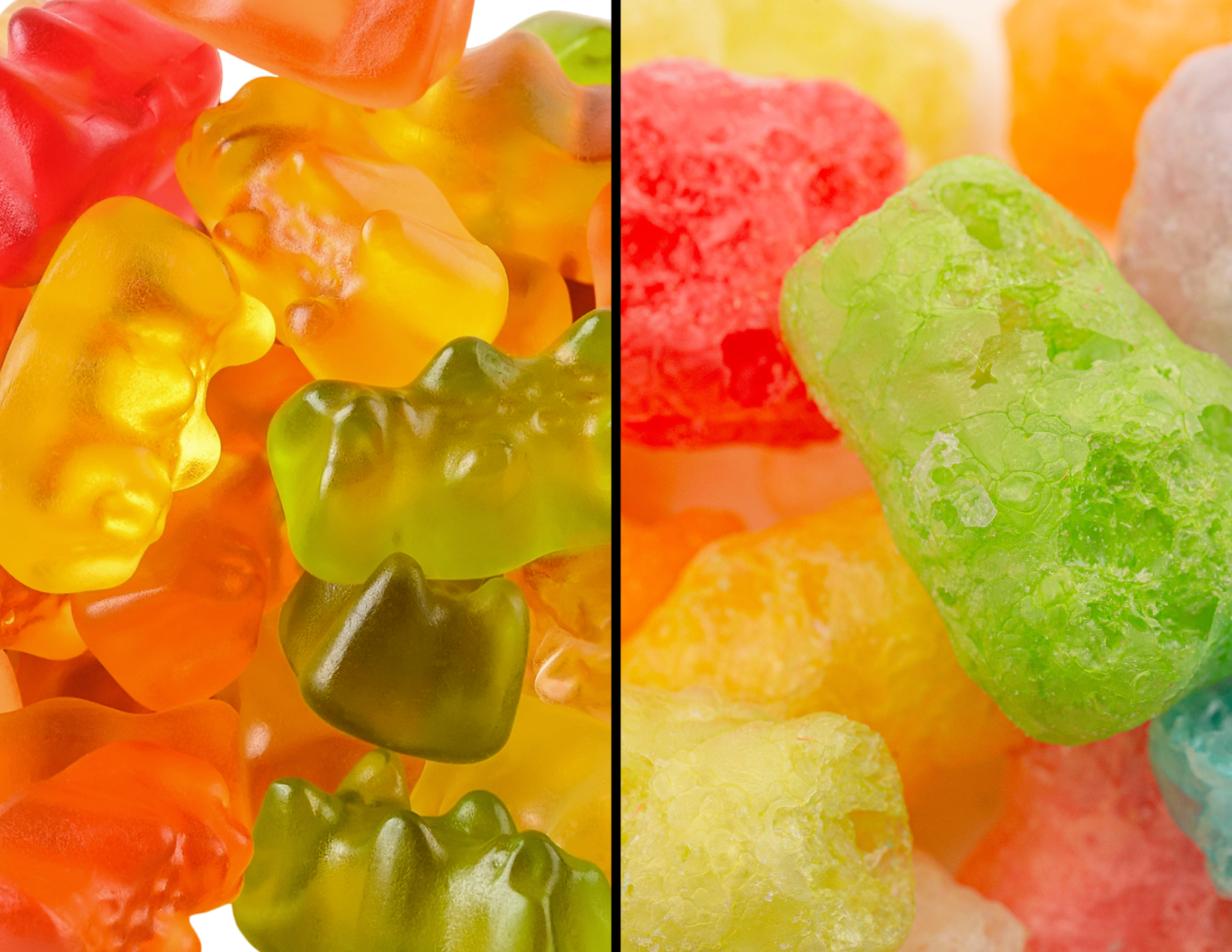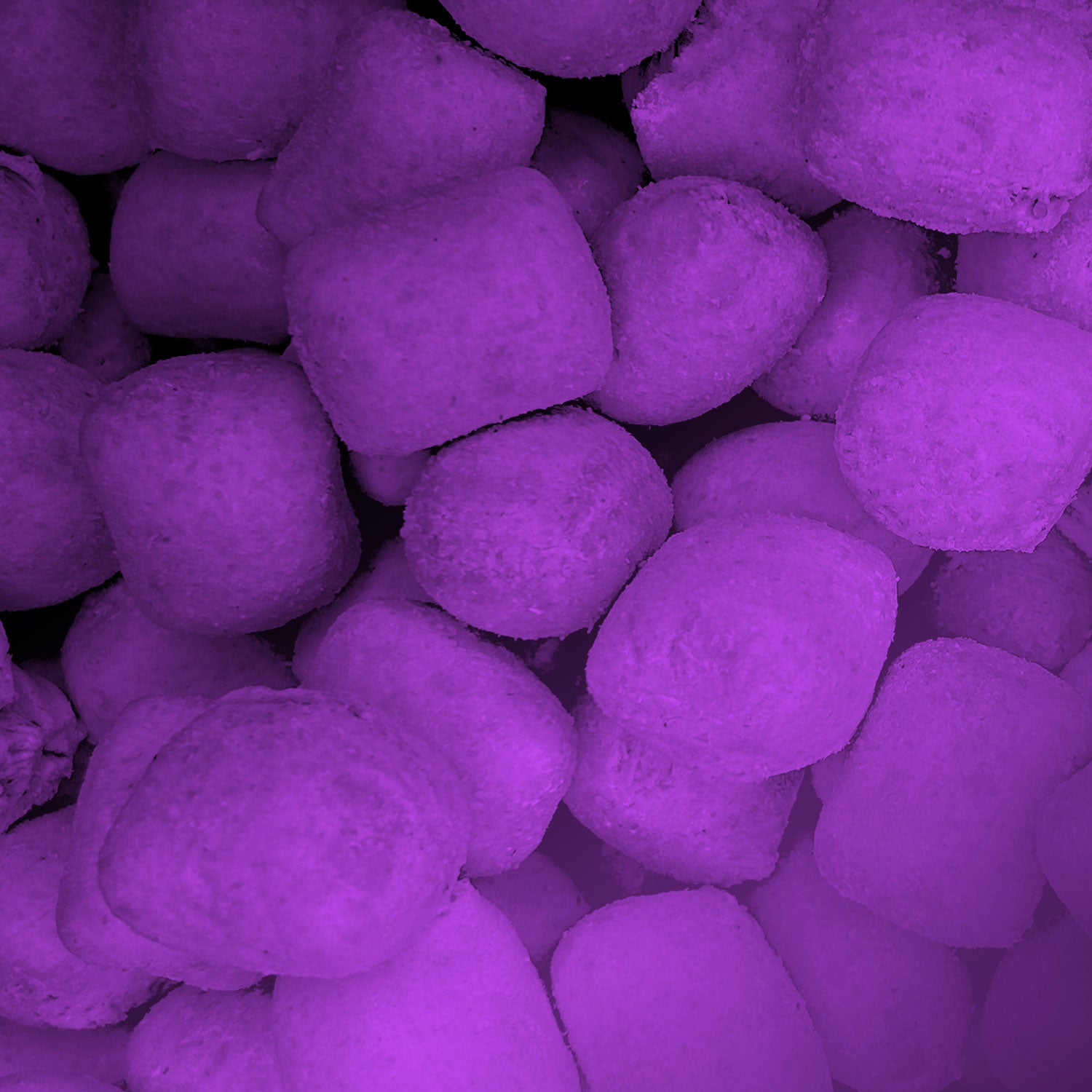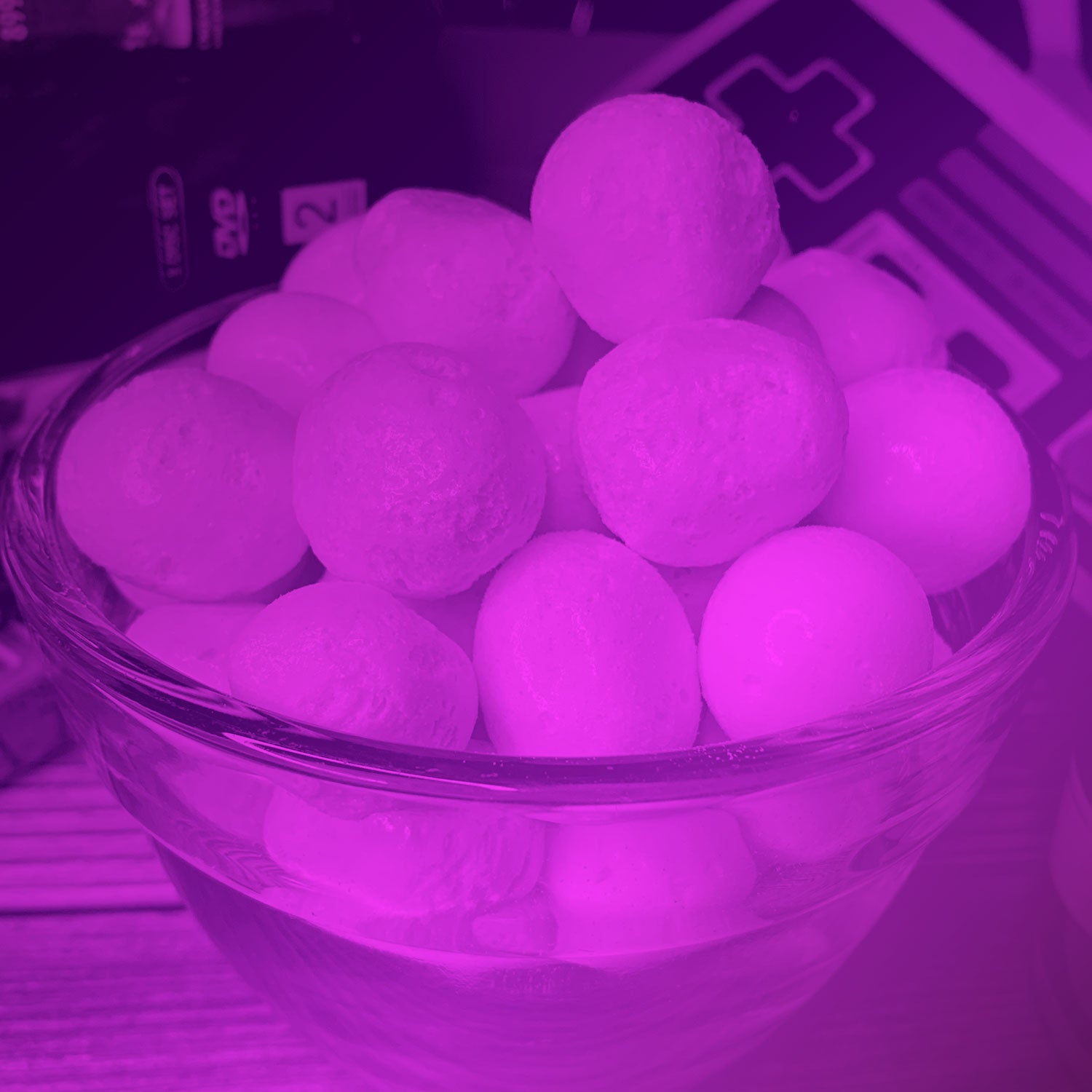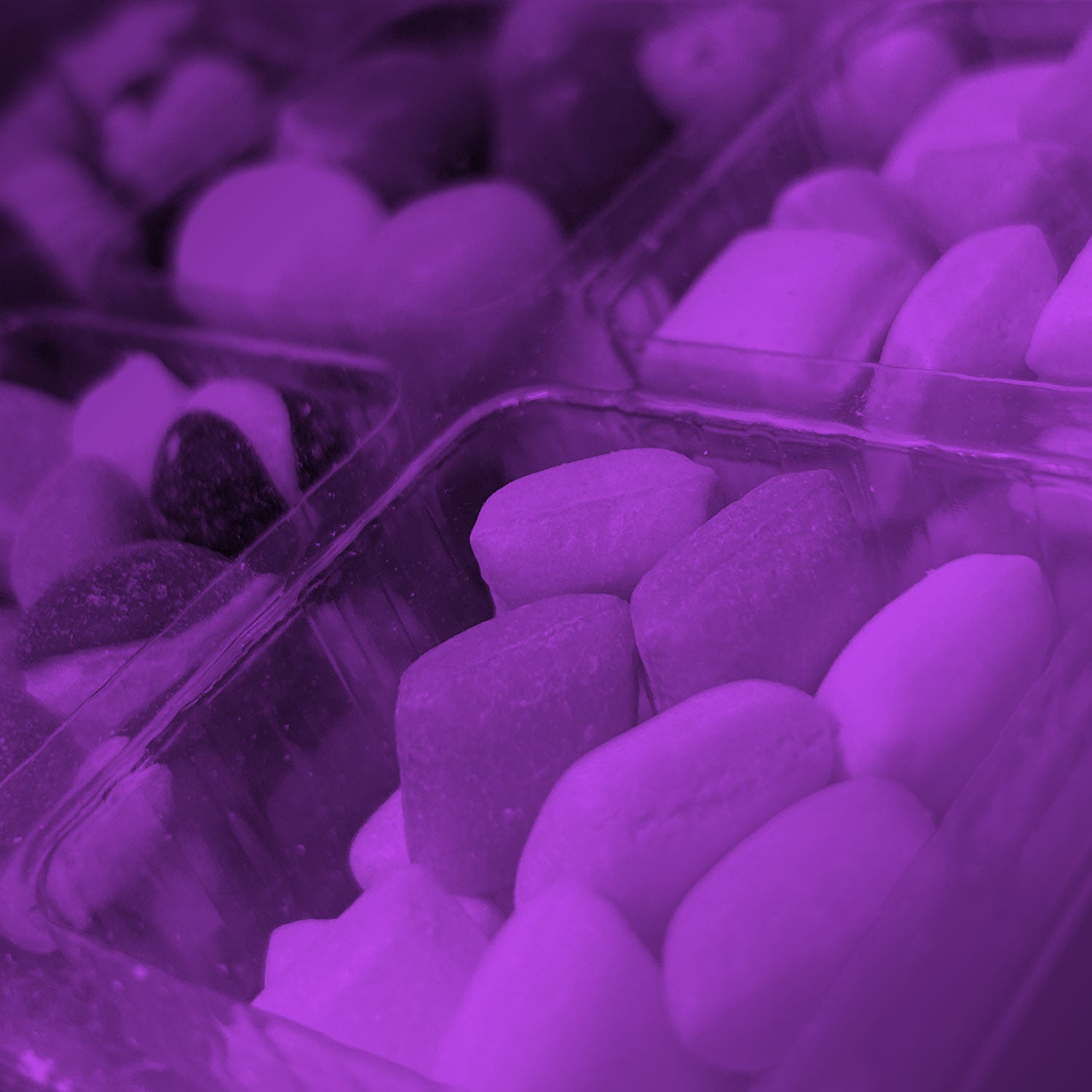Welcome to the wonderful world of freeze-dried candy! Have you ever wondered how your favorite sweets turn into crunchy, airy treats that practically melt in your mouth? The answer lies in the science of freeze-drying, a fascinating process that involves temperature, pressure, and a little bit of magic (well, science magic!).
In this post, we’ll dive into the science of freeze-dried candy in a way that’s simple and fun for kids and parents alike. You’ll discover how freeze-drying preserves flavors and textures, learn about STEM concepts like temperature and pressure, and get a glimpse into the technology that transforms ordinary candy into freeze-dried perfection.
What is Freeze-Drying?
Freeze-drying, also known as lyophilization, is a scientific process used to remove water from food and other products. Unlike regular dehydration, which uses heat, freeze-drying works by freezing the item and then slowly turning the ice into vapor without melting it first. Imagine freezing a water-filled balloon and then making all the ice inside disappear while keeping the balloon’s shape!
This unique process keeps the flavor, color, and structure of the food intact, resulting in a crispy, lightweight treat that tastes just as good—sometimes even better—than the original.
How Does Freeze-Drying Work? (And Why Is It So Cool?)
The freeze-drying process consists of three main stages: Freezing, Primary Drying, and Secondary Drying. Let’s break down each stage in simple terms.
-
Freezing
First, the candy is frozen to a super-cold temperature, usually below -40°F! This step is crucial because it makes sure that the water inside the candy turns into solid ice. -
Primary Drying
Next comes the magical part: sublimation! In this phase, the pressure around the frozen candy is lowered, and gentle heat is added. This causes the ice to transform directly into vapor, skipping the liquid stage entirely. Think of it like watching an ice cube disappear without ever melting into water. This step removes about 95% of the water. -
Secondary Drying
Finally, the candy goes through secondary drying, where the remaining water molecules are removed by adding a little more heat. By the end, around 99% of the water is gone, leaving behind a crunchy, moisture-free treat.
Why Does Freeze-Drying Make Candy So Crunchy?
One of the coolest parts about freeze-dried candy is its unique texture. When water is removed through sublimation, it leaves tiny air pockets in the candy. These air pockets are what make freeze-dried candy so light and crunchy. Imagine biting into a marshmallow that’s been puffed up and turned into a crispy version of itself—that’s the magic of freeze-drying!
This process is different from regular dehydration, which removes only about 60% of water and relies on heat. Dehydration can change the taste and texture, but freeze-drying keeps everything flavorful and crunchy.

The STEM Behind Freeze-Dried Candy: Temperature, Pressure, and More!
Freeze-drying isn’t just a cool process—it’s also a great way to learn about STEM concepts like temperature, pressure, and phase changes. Let’s look at some key ideas.
-
Temperature: Freeze-drying requires very low temperatures. By freezing the candy first, we ensure that the water inside turns into solid ice. Cold temperatures help keep the candy’s original shape and prevent it from melting during the process.
-
Pressure: Pressure plays a huge role in freeze-drying. By lowering the air pressure around the frozen candy, we allow the ice to turn into vapor in the primary drying phase. This is similar to how water boils at a lower temperature on a high mountain where the air pressure is lower.
-
Sublimation: Sublimation is the science term for when a solid changes directly into a gas, skipping the liquid stage. This happens with ice in the candy, which goes straight from frozen to vapor without melting first. Sublimation is what makes freeze-drying different from other drying methods.
These concepts come together to turn candy into something totally new while keeping the flavors and shapes we love.
Fun Examples of Freeze-Dried Candy
Not all candies react the same way to freeze-drying, which makes it a fun process to experiment with! Here are a few favorites:
- Gummy Bears: Freeze-drying makes gummy bears crunchy and light as air. It’s a totally different experience from the chewy texture we’re used to!
- Skittles: Freeze-dried Skittles expand and become puffy, with a satisfying crunch that enhances their fruity flavor.
- Marshmallows: Already light and fluffy, marshmallows turn into an even crispier treat after freeze-drying, perfect for snacking or adding to hot cocoa.
Each candy reacts to the process in its own way, which is part of the fun of freeze-dried treats.
FAQs: Understanding the Science of Freeze-Dried Candy
Q: Why does freeze-dried candy taste so intense?
A: Freeze-drying removes almost all of the water, which concentrates the flavors. With no moisture to dilute the taste, freeze-dried candy often has a stronger, more intense flavor.
Q: Is freeze-dried candy healthier than regular candy?
A: Freeze-dried candy retains the same ingredients as regular candy, but since it’s moisture-free, it may last longer without preservatives. Just remember to enjoy it in moderation!
Q: How is freeze-drying different from dehydration?
A: Dehydration uses heat to remove about 60% of water, while freeze-drying removes up to 99% of water through freezing and sublimation. Freeze-dried candy keeps its shape, texture, and flavor better than dehydrated candy.
Q: Can I freeze-dry candy at home?
A: Freeze-drying requires specialized equipment that controls temperature and pressure, so it’s challenging to do at home. But the results from a professional freeze-dryer are worth the wait!
Why Is Freeze-Dried Candy So Much Fun?
Freeze-dried candy is fun because it combines science with a unique, tasty result. From the crispy texture to the intense flavors, freeze-dried candy turns everyday treats into something special. Plus, it’s a great way to introduce kids to STEM concepts! By learning about temperature, pressure, and sublimation, kids (and adults) can see how science plays a role in the foods they love.
Next time you bite into a piece of freeze-dried candy, take a moment to appreciate the science behind it. After all, every crunchy bite is a delicious example of STEM in action!

